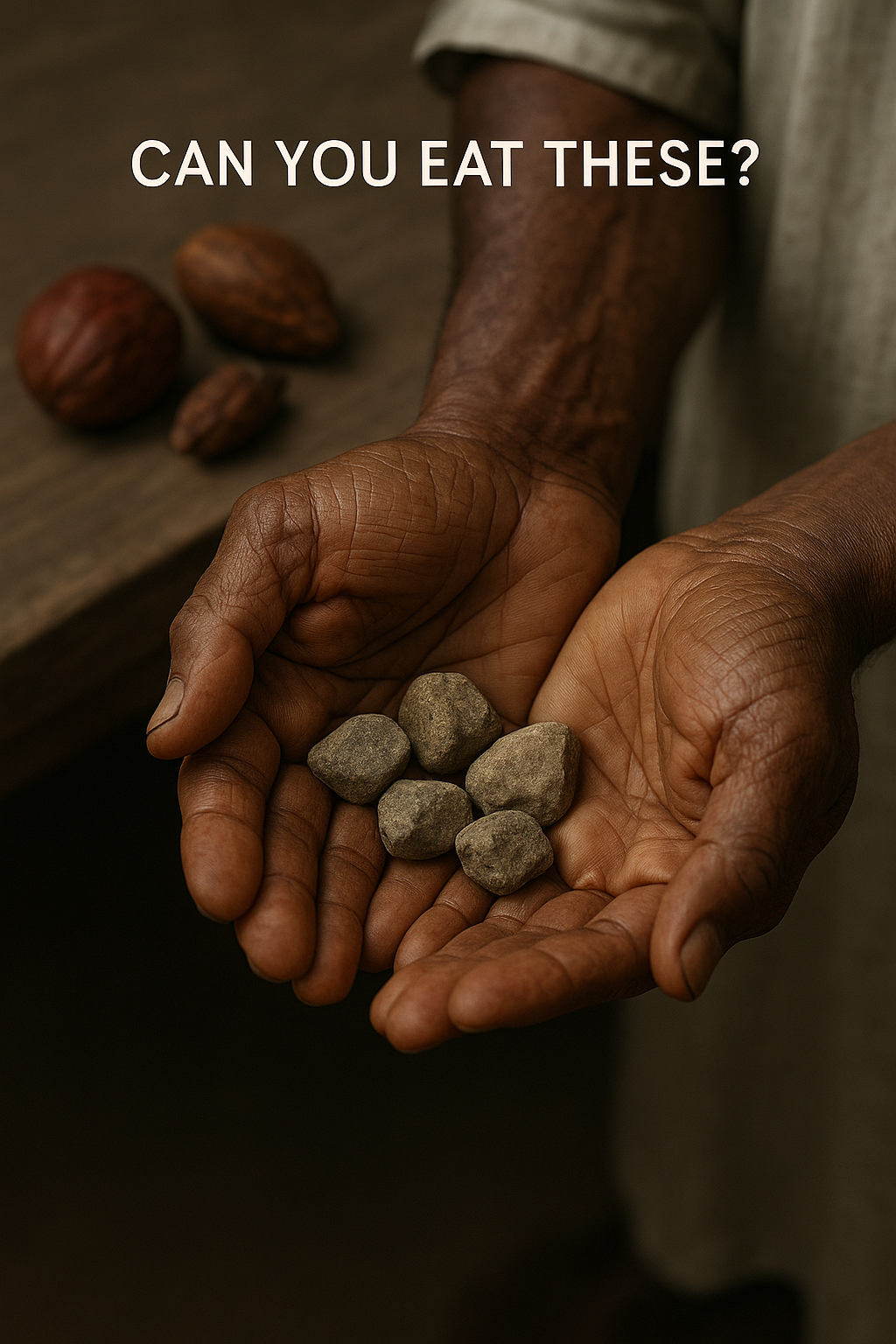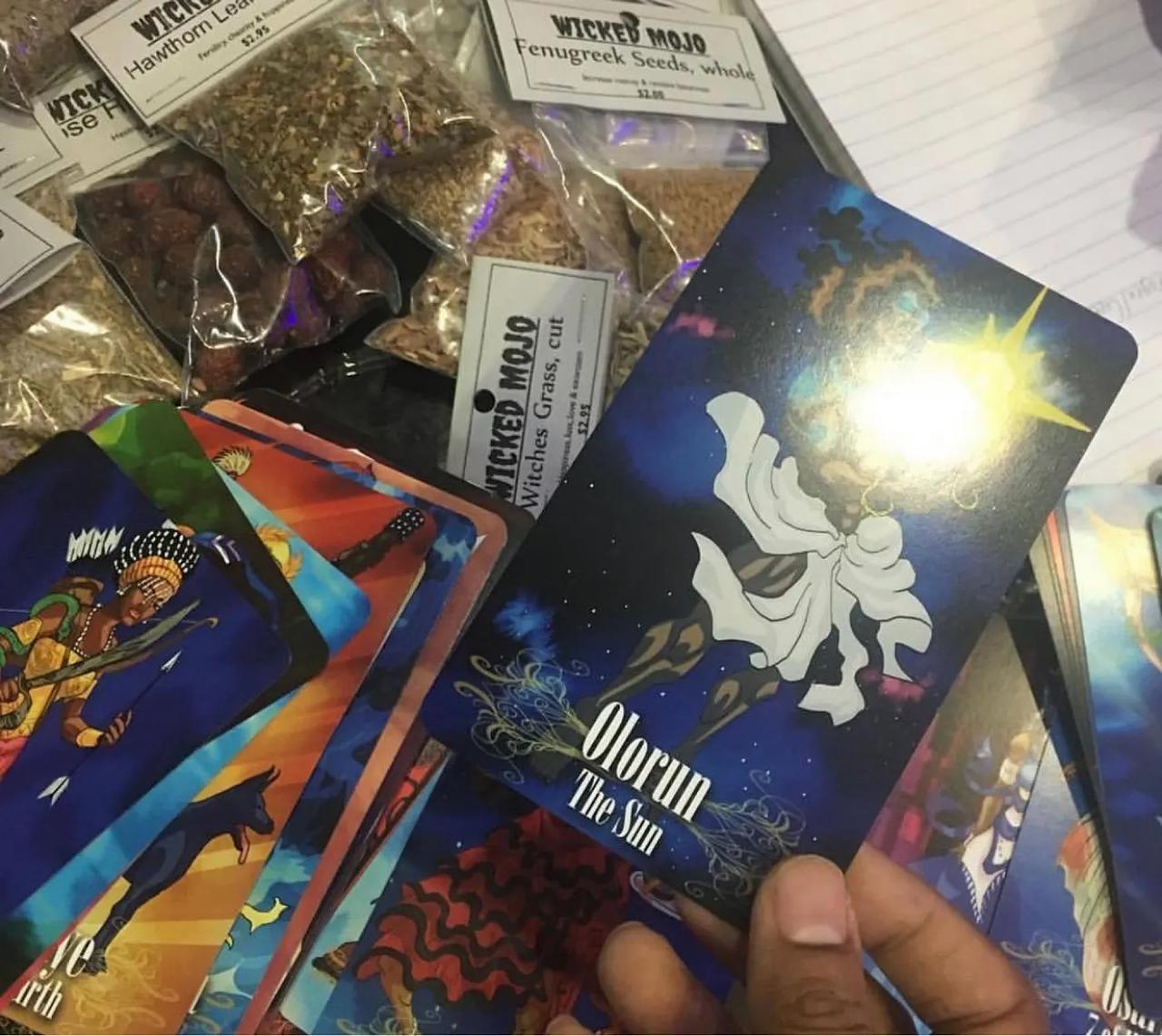The Fire & The Mirror: Writings from the Path at Ejiogbe Institute
-
Is vodou evil?In exploring the question "Is Vodou evil?", we unravel the truth behind common misconceptions that often mischaracterize this rich spiritual tradition. Contrary to popular belief, Vodou is a deeply inclusive practice that embraces individuals from diverse backgrounds, welcoming them into its vibrant community of worship and connection. Additionally, we delve into the journey of practicing Vodou, addressing the myths surrounding the necessity of initiation, and emphasizing that meaningful connection to this spirituality can take many forms. Join us as we shed light on the beauty, inclusivity, and genuine spirit behind Vodou, helping to foster a greater understanding and appreciation for its profound teachings.
-
Why should christians dialogue with practitioners of african traditional religion?In the exploration of African traditional religions, we uncover a profound richness that not only shapes spiritual practices but also weaves spirituality into the fabric of daily life. By understanding the African religious imprint, we see how ancestral wisdom and rituals can enhance our contemporary existence, offering valuable insights into balance and community. As Christians, engaging in dialogue with these traditions invites opportunities for mutual enrichment, fostering a deeper appreciation for spiritual diversity and communal ties. This post delves into the transformative potential of starting from truth, recognizing that embracing one another's beliefs can pave the way for harmony and spiritual growth.
-
“It’s Not About Feelings — It’s About Destiny”: Finding the Right Spiritual Path Through Proper Divination
In today’s growing interest in African Traditional Religions (ATR), especially among African-descended people worldwide, many seekers are drawn to Orisha worship as a pathway to healing, connection, and identity. But what happens when initiation is done without correct alignment, without proper questioning, or through a rigid tradition that does not account for the individual’s background? What happens when spiritual guidance becomes religious evangelism?
-
Sinners, Spirits, and Sound: A Warning from the Threshold of the Invisible
In this post, I unpack the spiritual warning hidden beneath the aesthetics of Sinners, a film that sparked viral fascination but left many viewers missing its deeper message. Beyond vampires and symbolism, Sinners is a meditation on the power of voice, the sacred use of rhythm, and the dangers of spiritual irresponsibility. I speak from experience—of trance, of possession, of watching people open doors they didn’t know how to close. Whether you’re in hoodoo, Ifá, Vodou, or the broader ATR community, this is a call to spiritual discernment, not spiritual cosplay. Because not every spirit that shows up is holy.
-
Keys to Working with the Orisa: A Priest-to-Priest Conversation on Power, Possession, and Purpose
Spiritual paths aren’t paved in gold. They’re carved in bone, memory, blood, and breath. For those walking the ancient roads of Orisa, Vodun, and African traditional practice, the journey is rarely linear. It winds. It tests. It reveals.
-
STOP ASKING PALEROS FOR NGANGAS.
*You’re gonna end up spiritually bankrupt or spiritually dead.*Let’s get something straight right now: Not everybody is meant to be scratched. Not everybody is meant to have an Nganga. That’s not shade. That’s spiritual law. You can’t fast-track your way into mysteries you weren’t born to carry.
-
The little people of west africaIn "The Little People of West Africa," we delve into the enchanting world of diminutive spirits that hold significant sway over the cultural tapestry of the region. First, we explore the Aziza, revered as guardians of knowledge and nature, who impart wisdom and protection to their human counterparts. Next, we uncover the mischievous Mmoatia, the trickster spirits of the forest, whose playful antics remind us of the delicate balance between reverence and folly. Finally, we introduce the Ijimere, the shy spirits residing within the Yoruba landscape, embodying both mystery and allure. Join us as we navigate through folklore and spirituality to reveal the rich roles these little-known entities play in West African traditions.
-
Embrace your inner lightMarch 3, 2025 at 5:41 PMUnlocking your spiritual energy can catalyze transformative growth in your life, guiding you towards a more fulfilling existence. In this blog post, we explore practical steps to tap into your inner light and facilitate healing, enabling you to connect deeply with your true self. By embracing your unique journey and cultivating a lifestyle of spiritual empowerment, you will foster resilience, clarity, and balance—essential ingredients for personal development and well-being. Join us as we embark on a path of enlightenment, nurturing your spirit and unleashing the profound potential that resides within you.
-
Witch's brewIn this enchanting blog post, "Witch's Brew," we delve into the mystical art of potion-making, exploring the essence that lies beyond the traditional cauldron. Discover how to connect with plant spirits, which serve as the heart of herbal magic, and learn the significance of forging a bond with nature's bounty. We'll also simplify the sacred process of crafting your own potions, offering practical tips and insights to empower you on your magical journey. Whether you're a seasoned practitioner or just beginning to explore the world of herbal enchantments, this post will inspire you to embrace the transformative power of your own hands in creating potions that nourish the soul and spirit.
-
Harnessing the power of reiki for healingJune 23, 2025 at 3:59 PMIn this insightful blog post, we delve into the transformative power of Reiki and its ability to unleash profound healing potential in your life. Discover the incredible benefits of this ancient practice, from stress reduction to emotional balance, and learn how it can serve as a pathway to holistic well-being. We also provide practical tips on incorporating Reiki into your daily routine, empowering you to experience lasting transformation and foster a deeper connection with your inner self. Join us as we explore the life-changing effects of Reiki and guide you on your journey to healing and empowerment.
-
How You Start Is Not Always How You Finish: Lessons From My Journey With the Orisa
From psychic messages to failed initiations, heart failure to full healing, this is a personal story of walking with Orisa—and away from them—only to find myself returning transformed. What started as curiosity became a near-death initiation. This is the raw truth behind my path, the roads blocked, and the ones that finally opened.
-
Understanding Eèwò: Sacred Taboos in the Ifá Tradition
Eèwò are sacred taboos revealed during Ifá initiation to align your life with your destiny. They are personal spiritual boundaries — foods, behaviors, colors, or places that must be avoided based on your odù and orí.
On the third day of initiation (Ìtà), a symbolic ritual helps the initiate understand their Eèwò:
- Sacred foods (obi, orógbo, ataare) are offered as nourishment.
- Stones are placed in the left hand to demonstrate that not everything is meant to be consumed or taken in.
- The stones are thrown onto the roof to seal the taboo — now spiritually “above” you for life.
Eèwò are not punishments — they are tools of protection, clarity, and spiritual hygiene. Breaking them can lead to setbacks or spiritual dissonance; honoring them keeps your rituals, offerings, and path aligned.
They train discipline, preserve energy, and ensure your destiny remains intact.
- Sacred foods (obi, orógbo, ataare) are offered as nourishment.
-
Before llewellyn’s orisha tarot, voodoo tarot, and destiny books’ hoodoo tarot — there was the vudu tarot project
-
The Four Pillars of Clear Card Reading
Card reading is not about theatrics—it’s about clarity. Whether you use tarot cards, oracle decks, or playing cards, every reading depends on four key pillars: context, detachment, evidence, and gratitude. By starting with a real, well-formed question, you set the foundation for accuracy. Without context, readings drift into vagueness. The strength of any intuitive reading lies in the honesty of the question asked.
Once the question is set, the next step is detachment. Too often, readers project their fears or desires onto the cards, twisting the message into what they want to hear. True card reading requires stepping back, letting the spread speak for itself, and resisting the urge to bend it toward expectation. That’s where evidence comes in. A grounded divination practice is built on what can actually be seen in the cards—the symbols, patterns, and positions that stand as proof of meaning. If it’s not visible, it’s not part of the reading.
Finally, gratitude ties it all together. Seeing the truth isn’t always comfortable, but it is powerful. Thank yourself for asking the hard questions, for having the courage to see what is, and for honoring the cards as a tool for insight. When practiced this way, card reading becomes more than fortune-telling—it becomes a practice of clear vision, intuitive wisdom, and personal transformation. This grounded approach ensures that your tarot spreads and intuitive readings stay sharp, trustworthy, and deeply relevant to your life.














